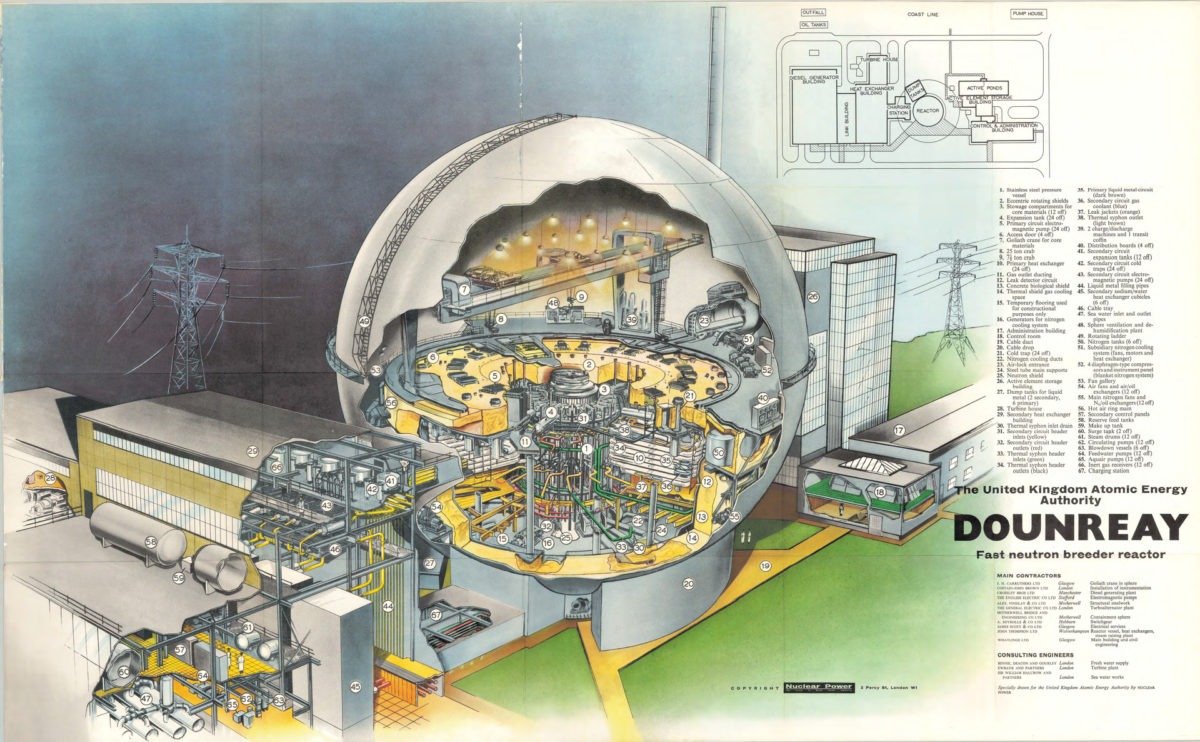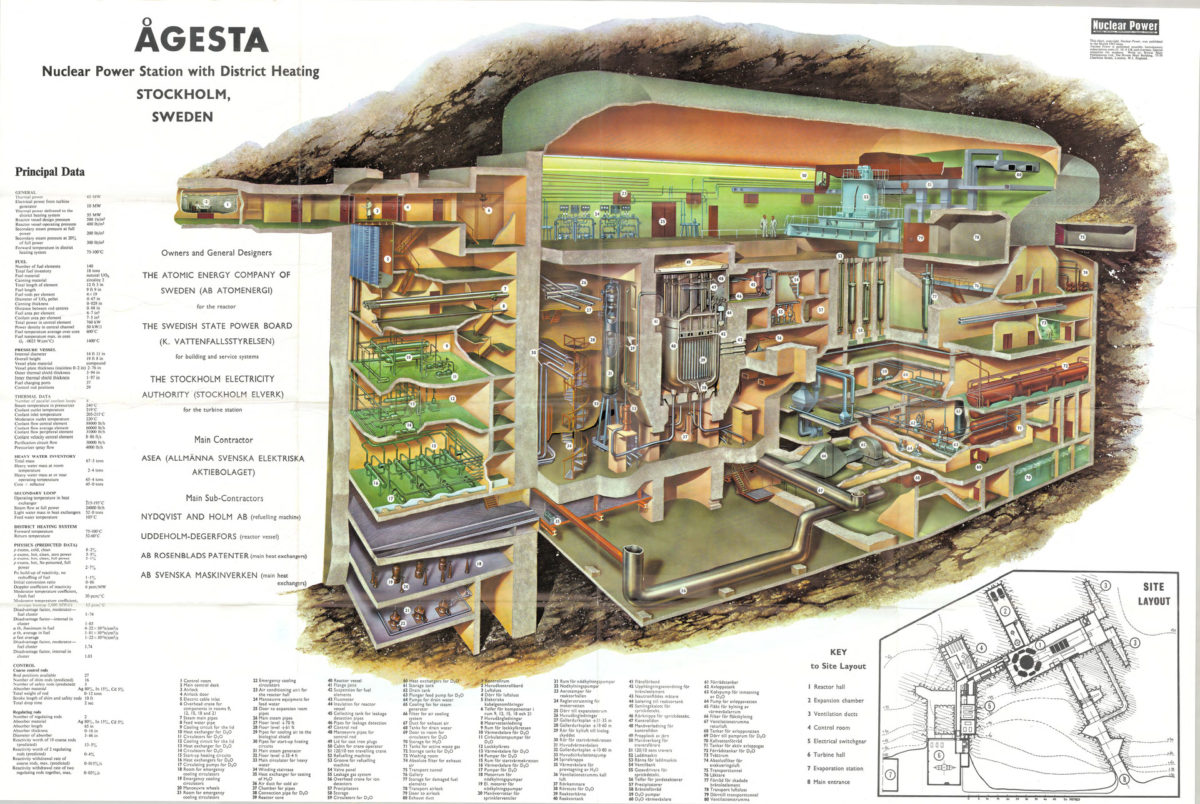Did you see the Aurora Borealis last night? It was visible quite far south. (There was Aurora Australis too.) Economists (not for the first time) get the sharp edge of my tongue as I reflect on one of the world’s most baffling megaprojects, “Neom ‘The Line’”. Also, Mail Call!
Tag: weekly post
ASFO 2024–05–04
Dragonfly, the probe–aircraft which NASA has decided will soon be sent on its way to Titan, the giant moon of Saturn, is in my thoughts today. In particular, I want to know where the plutonium–238 for its thermoelectric power source will come from. Otherwise, I mostly discuss my travel plans, both for returning to the USA and for this autumn ; Deutsches Museum, one of the greatest science and technology museums in the world ; and the curious railway station at Eisenstein, where the border between Germany and the Czech Republic is halfway along the platform.
ASFO 2024–04–27
Expectation versus reality — exploding vehicle batteries and other gray–market electrical gimcracks, nuclear wastelands, air–quality speed limits, and so forth.
ASFO 2024–04–20
Mostly progress reports, on blast and the Payphone Thing. I talk about the use of hypertext in conjunction with, or as a support for, printed text ; and the motivation for presenting information through an interface which may seem uniquely irrelevant in today’s world ; with a brief digression into one possible way I might use a substantially larger amount of financial support. I also spend a minute questioning what seem like senseless political choices, particularly when purported priorities conflict with actual policies, leading me back to the idea of “leaving room for Nature”.
- Archive Recording
- 2024 ASFO Masterpost
- A Step Farther Out Masterpost
- Previous Week
- Following Week
- Patreon campaign
Supplementary Show
2023–04–23 Starting a little late, I read from the notes to blast №1, and then a couple of supporting articles from Architectural Record magazine (reprinted 1955 in a volume entitled Architectural Engineering). I subsequently called in to OpenVoIP to finish the second piece.
ASFO 2024–04–13
Not the most focused show, but no prevaricating about the bush from me! The Conquest of Pestilence in New York City, LCOE (Levelized Cost of Electricity) versus LCOLC (Levelized Cost of Load Carriage), intercontinental air travel versus atomic train travel, caloric value of food, its insufficiencies and excesses and its sources, and the problem of expectations generally.
- Archive Recording
- 2024 ASFO Masterpost
- A Step Farther Out Masterpost
- Previous Week
- Following Week
- Patreon campaign
Supplementary Show
2024–04–16 From Peaceful Uses of Atomic Energy (1955), volume 16, I read Willard Libby’s evening lecture entitled Radiocarbon Dating. Unfortunately, the archiver was down and did not capture it. See Dr Libby talking about the technique on film here.
ASFO 2024–04–06
Owing to a mishap, the actual show starts about 20 minutes into the recording. It’s just long enough for me to mention progress with blast, and compare the Coire Glas pumped storage scheme in Scotland, which will be the largest in the world with 30 GWh of capacity, to the daily output of one EPR nuclear generating unit, of which two are being built at Hinkley Point C, 38·4 GWh. The UK grid is already one of the best–provided in the world with storage, with 24 GWh. Since average electrical consumption of the UK (over the course of a year) is 36 GW, the total after this addition will be 90 minutes of average system load. A far cry from the 10 days or more that wind– and solar–heavy energy supply projections call for!
ASFO 2024–03–30
Electricity is the only industrial commodity that must be consumed before it is produced — a koan for the modern age? Also, a warning against attempting to live in the world of signs, rather than of things signified ; and the case for a railway in Iceland.
ASFO 2024–03–23
Is the Fifth US Circuit Court out to give me an aneurysm? Also, once more with feeling, battery–electric cars will not make cities any easier to live in ; new large–format scans ; and blast №1 is close to being ready.
ASFO 2024–03–16
The difference between disextensification (better name urgently needed) and degrowth is the difference between “doing more with less” and “doing less with less”. The former views the un–sustainability of economic expansion as primarily a practical, the latter as primarily a moral problem, and that in turn reflects the question of what value we place on human life and welfare. Also, is “building the world’s largest aeroplane for a single narrowly–defined purpose” an invariable sign of an idea that has been taken too far, and fallen into absurdity?
ASFO 2024–03–09
De–extensification provides a better approach to environmental problems than de–growth, because it is more compatible with human aspirations and well–being, although it still seems as though a good en– would be preferable to any sort of de–. (More thoughts on this topic here.) It also helps to explain why nuclear energy is preferable to renewable energy. Also, Keller Independent School District is at it again, where by “it” I mean “providing a microcosm of American politics”. And I did get some scan files from Sandia. (Minor technical trouble at the beginning.)





